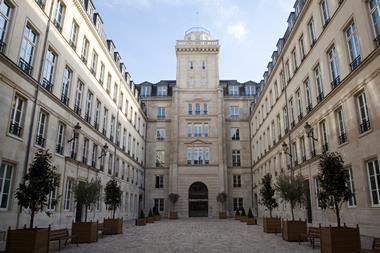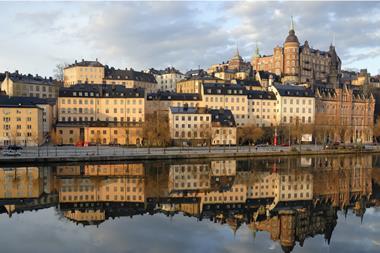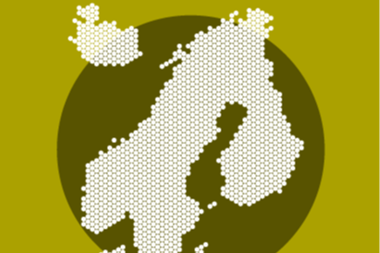SLOVAKIA – Slovakia is aiming to boost its third-pillar pension system by reinstating part of the annual tax relief abolished at the start of 2011 as part of the government’s austerity drive.
On 13 September, Parliament approved a series of amendments to the system, including the introduction of an annual tax relief of €180.
Although the tax relief is small – in 2010, it was close to €400 – Juraj Dlhopolček, executive director for the pensions and corporate segment at ING Slovakia, believes it will have an impact on retirement savings in the long run, as the third pillar would be the only private savings vehicle attracting tax relief.
According to data from the Association of Supplementary Pension Companies, the third-pillar industry association, assets as of 6 September totalled €1.3bn.
The earlier removal of the tax concession, according to Juraj Dlhopolček, reduced the interest of younger workers – the average age of third-pillar members is a relatively high 48 years.
The new law also removes the minimum 10 years’ saving period but toughens the conditions for early withdrawal.
Under the existing regime, savers could withdraw both theirs and their employers’ contributions at any time, with a 20% penalty.
As of the start of next year, new plan members will only be able to withdraw their own contributions prior to retirement, and only once every 10 years, while the age at which members can draw on third-pillar pensions has been raised from 55 years to the state pension retirement age of 62.
“People are not using the third pillar as something exclusively for retirement but to finance, say, travel or Christmas presents,” said Dlhopolček, adding that both the pensions industry and government needed to educate the members.
Management fees, which were reduced incrementally as of 2010 down to 2.34% in 2013, face another sharp cut – to 1.8% as of start of 2014, with annual cuts of 10 basis points to 1.2%.
“It’s a massive shock therapy for us,” Dlhopolček said.
“We need assets to grow but don’t expect it in the short to medium term because members in the old system will still be withdrawing.”
The industry will now have to look at campaigns to attract members, and at reducing expenses by, for instance, by replacing paper statements with electronic ones, although 10% of members have so far consented to this.
While prime minister Robert Fico’s centre-left government is now trying to boost voluntary savings, it has been less well disposed to the mandatory second pillar.
This sector is still recovering from a large loss of members from the third opening – allowing members to return exclusively towards the state system – that ended this January.
Asset inflows have slowed after last year’s cut in the contribution rate – from 9% to 4% – and while members could make additional contributions, few have done so.
Another change concerned the risk profile of the funds offered by the pension companies.
Alongside an obligatory guaranteed return fund, the companies could offer plans with investments in higher-risk instruments such as equities and indexed-linked products.
By the end of March, all members had to confirm their intention of remaining in a higher-risk fund or be automatically transferred to a guaranteed one, where, by default, most have ended up.
At of end of last year, balanced, equity and indexed funds accounted for more than 85% of the net asset value of second-pillar funds.
As of 6 September, according to data from the Association of Pension Fund Management Companies (ADSS), the total net asset value of the guaranteed funds stood at €5bn, compared with €538m in non-guaranteed structures, even though the latter are generating far better returns.
The current legislative thrust centres on a payout system in time for the first main block of retirees, in 2015.
The problem for these retirees, who have only saved for some 10 years in the second pillar, is that their savings will generate minimal annuity payments.
“What’s dangerous for us is the type of discussion this will generate,” Dlhopolček said.
“The government could use this to open up the second pillar again, and we will have a massive outflow.”













